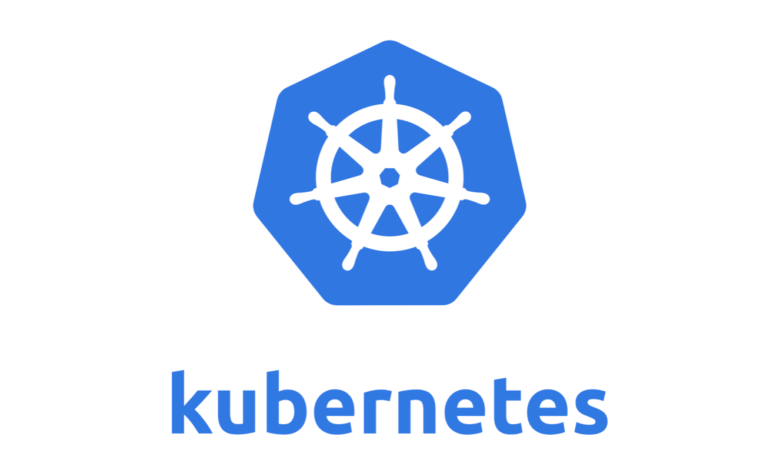
If you’re running Kubernetes, then you need the Kubernetes scheduler. This powerful tool helps optimize your clusters and maximize their performance. This article will explain what the scheduler is, how to use it, and some tips for troubleshooting any issues that may arise. You may also want to look at registries and how kubernetes registry by JFrog can help.
What Is Kubernetes Scheduler, And What Are Its Benefits
The Kubernetes scheduler is a powerful tool that helps you optimize your clusters and ensure their efficient operation. The scheduler can be used to schedule pods on nodes in your cluster, ensuring that each node has the resources it needs to run its workloads. Additionally, the scheduler can be used to balance the load across nodes in your cluster, ensuring that no single node is overloaded.
There are many benefits to using the Kubernetes scheduler, including improved performance and efficiency of your clusters. In addition, using the scheduler can help you avoid common problems such as resource contention and oversubscription. By using the Kubernetes scheduler, you can improve the stability and reliability of your applications while reducing the operational overhead of your clusters.
There are two types of schedulers in Kubernetes: the default scheduler and the extended scheduler. The default scheduler is suitable for most workloads, while the extended scheduler provides additional features and fine-grained control over scheduling. In this article, we’ll focus on the default scheduler.
How To Use Kubernetes Scheduler To Optimize Your Clusters
The Kubernetes scheduler is a powerful tool that can be used to optimize your clusters. By default, the scheduler will attempt to schedule pods on nodes in your cluster based on available resources. However, you can use the scheduler’s advanced features to customize the scheduling of pods on nodes.
Additionally, you can use node affinity and pod affinity/anti-affinity to control how the scheduler schedules pods relative to other pods and nodes in your cluster. For example, you can use labels and selectors to handle which pods are scheduled on which nodes. You can also use taints and tolerations to control how the scheduler Schedules pods on tainted nodes.
These features allow you to fine-tune the scheduling of pods on nodes in your cluster, ensuring that each node has the resources it needs to run its workloads. Additionally, these features can be used to balance the load across nodes in your cluster, ensuring that no single node is overloaded.
There Are A Few Things To Keep In Mind When Using The Kubernetes Scheduler
Remember that the scheduler is a best-effort system. This means that it will attempt to schedule pods on nodes based on available resources, but it cannot guarantee that all pods will be scheduled successfully.
Second, the scheduler is not a replacement for proper capacity planning. It is essential to ensure that your cluster has enough capacity to run all of your workloads before using the scheduler to schedule pods on nodes.
The scheduler is not a replacement for a proper monitoring system. It is crucial to monitor your clusters closely to ensure that all pods are running as expected and that no nodes are overloaded.
By using the Kubernetes scheduler, you can improve the performance and efficiency of your clusters. Additionally, the scheduler can help you avoid common problems such as resource contention and oversubscription.
Tips For Troubleshooting Kubernetes Scheduler Issues
If you’re having trouble using the Kubernetes scheduler, you can do a few things to troubleshoot the issue.
- First, check the scheduler’s logs to see any error messages. If there are, try to identify the cause of the error and fix it.
- Second, check the status of the pods in your cluster. If some pods are not running, try to determine why they are not running and fix the problem.
- Third, check the capacity of your nodes. If some nodes are overloaded, try to determine why they are overloaded and fix the problem.
- Finally, contact the Kubernetes support team for help if you’re still having trouble.
Best Practices For Using Kubernetes Scheduler In Your Organisation
When using the Kubernetes scheduler in your organization, there are a few best practices to keep in mind.
- Ensure that your cluster has enough capacity to run all of your workloads before using the scheduler to schedule pods on nodes.
- Second, use labels and selectors to control which pods are scheduled on which nodes. This will help you avoid oversubscribing nodes and ensure that each node has the resources it needs to run its workloads.
- Use taints and tolerations to control how the scheduler schedules pods on tainted nodes. This will help you avoid critical scheduling pods on nodes that may be unreliable.
- It would help if you also used node affinity and pod affinity/anti-affinity to control how the scheduler schedules pods relative to other pods and nodes in your cluster. This will help you balance the load across nodes in your group and ensure that no single node is overloaded.



